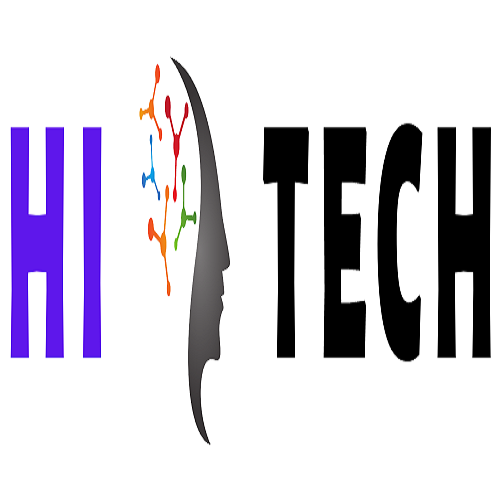Introduction:
As
technology continues to advance, so does the world of virtual reality. What was
once thought to be science fiction has now become a reality. Virtual reality
technology is no longer just a concept, but rather a practical application that
is being used in a wide range of industries. In this article, we will explore
the basics of virtual reality technology, how it works, and the many ways in
which it is being used today.
What is Virtual Reality Technology?
Virtual
reality technology is a type of computer-generated experience that simulates a
real-world environment or situation. It uses a headset, which is typically worn
over the eyes, to create a fully immersive experience for the user. This allows
the user to feel like they are actually inside the virtual environment,
interacting with it in real-time.
How Does Virtual Reality Technology Work?
Virtual
reality technology works by using a combination of hardware and software. The
hardware consists of a headset, controllers, and sensors, while the software is
used to create the virtual environment. The headset contains small screens that
display the virtual environment in front of the user's eyes, while the
controllers are used to interact with the virtual environment.
The
sensors are used to track the user's movements, allowing them to move around
and interact with the virtual environment in a natural way. This is what
creates the feeling of immersion that is so important to virtual reality
technology.
Applications of Virtual Reality Technology:
Virtual
reality technology has many practical applications, ranging from entertainment
to education and even healthcare. Let's take a closer look at some of the most
common applications of virtual reality technology.
Entertainment:
Virtual
reality technology has been used in the entertainment industry for many years
now. Video game developers have been using it to create immersive gaming
experiences for their users. Players can now step inside a virtual world and
interact with it in ways that were once only possible in their imagination.
Movies
and television shows are also beginning to use virtual reality technology to
create interactive experiences for their viewers. This allows viewers to feel
like they are a part of the story, rather than just watching it on a screen.
Education:
Virtual
reality technology is also being used in the education industry to create immersive
learning experiences for students. This allows students to interact with
virtual environments and objects in a way that is not possible in a traditional
classroom setting.
For
example, medical students can use virtual reality technology to practice
surgeries before they ever step foot inside an operating room. This allows them
to gain valuable experience and confidence before they begin working with real
patients.
Healthcare:
Virtual
reality technology is also being used in the healthcare industry to treat a
wide range of conditions. For example, virtual reality technology is being used
to help patients with anxiety disorders. Patients can be exposed to virtual
environments that trigger their anxiety in a safe and controlled way, allowing
them to gradually overcome their fears.
Virtual
reality technology is also being used to treat patients with post-traumatic
stress disorder (PTSD). Patients can be exposed to virtual environments that
trigger their PTSD symptoms in a safe and controlled way, allowing them to work
through their trauma with the help of a therapist.
Architecture and Design:
Virtual
reality technology is being used by architects and designers to create virtual
environments of their designs. This allows clients to explore their designs in
a more immersive way, giving them a better understanding of how the finished
product will look and feel.
Real Estate:
Virtual
reality technology is also being used in the real estate industry to create
virtual tours of properties. This allows potential buyers to explore properties
in a more immersive way, without having to physically visit them.
Military and Law Enforcement:
Virtual
reality technology is being used by the military and law enforcement to create
realistic training scenarios. This allows personnel to practice their skills in
a safe and controlled way, without putting themselves or others at risk.
Sports:
Virtual
reality technology is being used by sports teams to train athletes and analyze
their performance. Athletes can practice in virtual environments that simulate
real-world conditions, allowing them to improve their skills in a safe and
controlled way.
Marketing and Advertising:
Virtual
reality technology is being used by marketers and advertisers to create
immersive experiences for their customers. For example, a car manufacturer
might create a virtual reality experience that allows customers to explore the
interior of a car before making a purchase.
Conclusion:
Virtual
reality technology is a powerful tool that has the potential to revolutionize
many industries. From entertainment to education and healthcare, virtual
reality technology is being used to create immersive experiences that were once
only possible in our imaginations. As technology continues to advance, we can
expect virtual reality technology to become even more advanced and more widely
used.









0 Comments